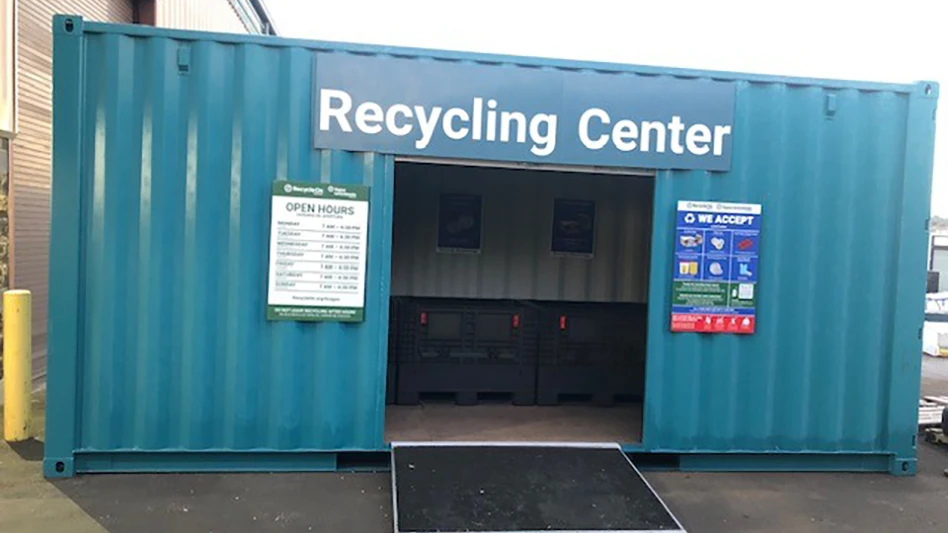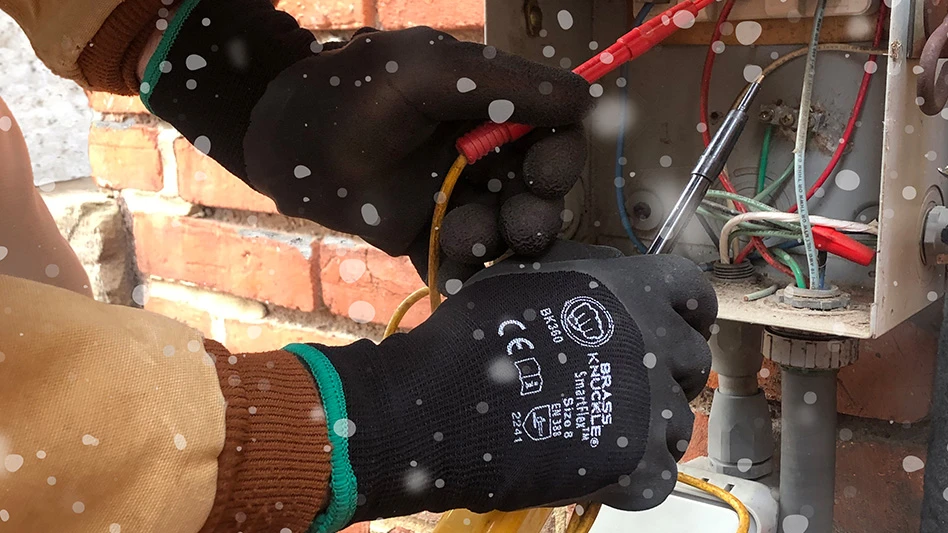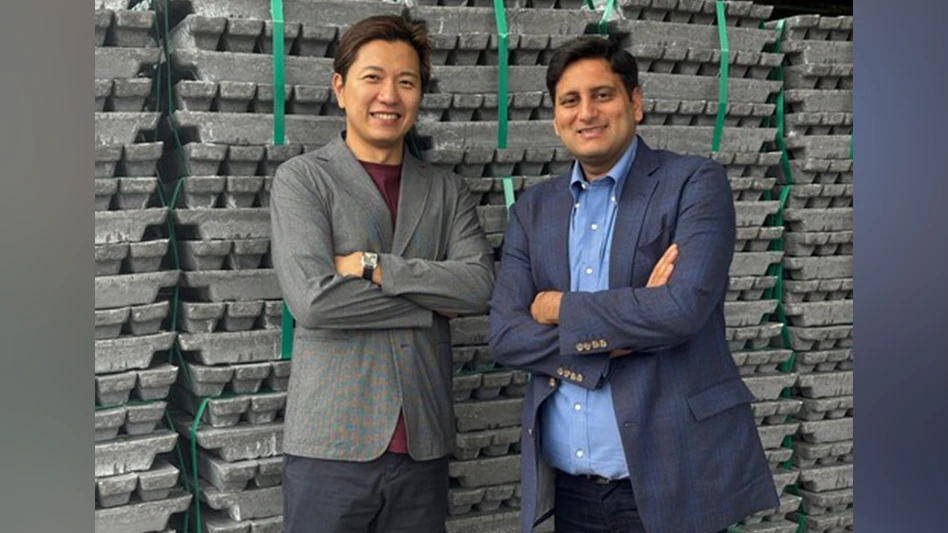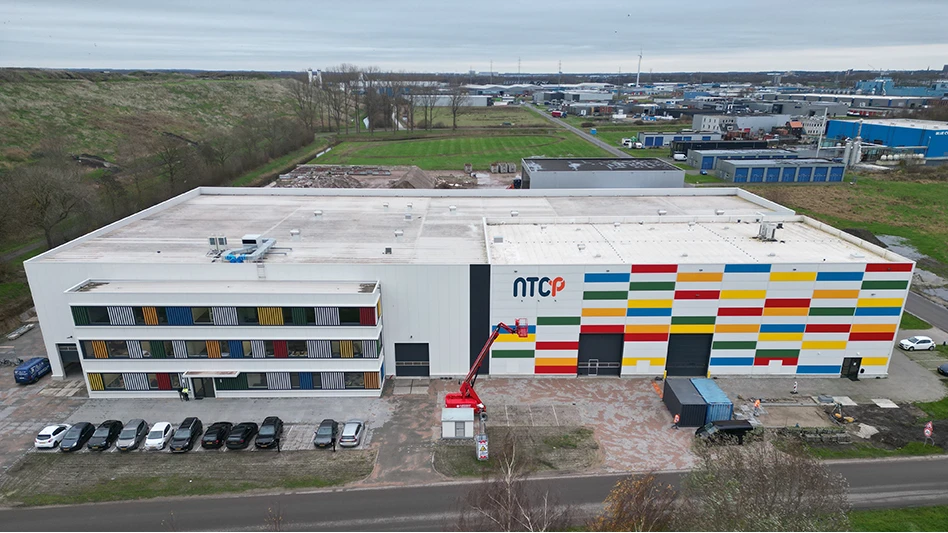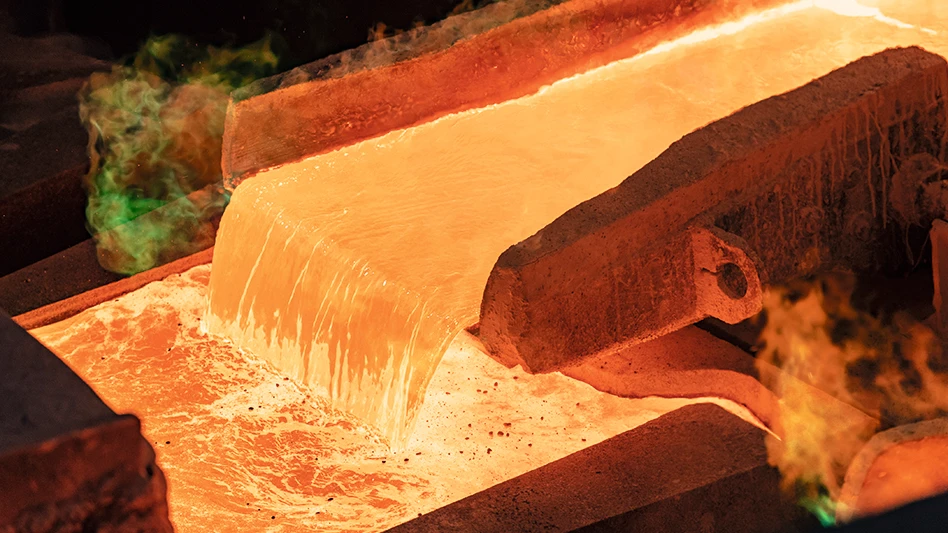
BT-Wolfgang Binder in Gleisdorf, Austria, recently held its Redwave Metal Days event, featuring a gathering of international experts from various sectors of the metal and aluminium recycling industry to exchange information on markets, technologies and practical experience. In addition, the company presented the new Redwave XRF-M sorting system, for recycling in the metals sector, to participants.
The company says that interest from participants has exceeded initial expectations, and the event drew international visitors, from 16 countries and three different continents, who gained an overview of the metals recycling sector through presentations and live sorting demonstrations.
To kick-off the Metal Days, Joerg Schaefer with the General Association of the Aluminium Industry e. V. (GDA) from Germany gave a current account of aluminium recycling in Europe, with illustrations on trends and market outlook. He indicated that the demand for aluminium will rise in the coming years.
"In future, some 20% of aluminium demand worldwide could also be covered by production from aluminium scrap. Aluminium recycling makes an important contribution to conserving resources and reducing emissions. Therefore, sorting technologies will gain in importance in the medium term. Economic considerations will be decisive in terms of the application of sorting technologies," noted Schaefer.
Other presentations included a briefing from George Caia of Olympus Scientific Solutions Americas covering options in the field of detection technologies and a report by Martin Weiss, technology director with Redwave, analyzing sorting solutions for metals recovery.
Weiss' presentation also included information about the new Redwave XRF-M system which analyzes materials based on their chemical compositions, using X-ray fluorescence. The system, which uses slide geometry, is an evolution from the company's XRF belt design and is designed specifically for metal sorting.
According to Redwave, system advantages include:
- contaminated metal does not affect high sorting quality;
- detection is independent of color ( It can even sort gray metals, such as aluminum, zinc and stainless steel.);
- sorting of diverse alloys;
- flexible and versatile;
- high purity at high throughput; and
- element specific detection and exact sorting of metal mixtures.
Latest from Recycling Today
- US Steel to restart Illinois blast furnace
- AISI, Aluminum Association cite USMCA triangular trading concerns
- Nucor names new president
- DOE rare earths funding is open to recyclers
- Design for Recycling Resolution introduced
- PetStar PET recycling plant expands
- Iron Bull addresses scrap handling needs with custom hoppers
- REgroup, CP Group to build advanced MRF in Nova Scotia
